Shares of Vodafone Idea dropped by as much as 15% on Thursday following the Supreme Court’s decision to uphold the Adjusted Gross Revenue (AGR) ruling against telecom companies. The Court also maintained the quantum of the AGR demand, putting further financial strain on the company.
The Supreme Court stated in its verdict that it had reviewed the curative petitions and related documents but found no merit in the arguments presented by the telecom companies. As a result, the Court dismissed the petitions.
Vodafone Idea is currently dealing with outstanding AGR dues totaling ₹70,300 crore, a substantial strain that has further impacted the company’s financial situation. The ruling marks a major blow to the telecom operator, which has been struggling with heavy debt and intense competition in the Indian market. Meanwhile, IIFL Securities reports that Bharti Airtel owes ₹36,000 crore in AGR dues.
The AGR case, which revolves around the calculation of telecom companies’ revenue for the purpose of levying government fees, has been a long-standing issue for Indian telecom operators. The Supreme Court’s decision puts further pressure on Vodafone Idea to meet its payment obligations.
Telecom companies challenged the 2019 Supreme Court verdict
Vodafone Idea, Bharti Airtel, and several other telecom companies had filed a curative petition against the Supreme Court’s 2019 decision. They argued that there were significant errors in the Department of Telecommunications’ (DoT) calculation of AGR dues and claimed that the Court had imposed unreasonable penalties on them.
Understanding the AGR issue
Adjusted Gross Revenue (AGR) is a revenue-sharing mechanism between the government and telecom operators. Under this system, operators must pay a fixed licensing fee and spectrum usage charge to the DoT. These fees are calculated as a percentage of AGR. However, the definition of AGR has been a point of contention.
Dispute over AGR definition
Telecom operators argued before several judicial platforms that AGR should only include their core telecom revenue, while the DoT maintained that earnings from non-telecom services should also be included. In October 2019, the Supreme Court ruled that non-core revenue must be considered when calculating AGR, ending a 14-year legal battle between mobile operators and the government over the definition of AGR.
Impact on Vodafone Idea
The telecom operator has been struggling with financial losses and a declining subscriber base, leading to liquidity challenges. With the AGR dues adding to its woes, Vodafone Idea may face difficulty in raising fresh capital and securing future investments.
The company has been looking for relief from the government in the form of moratoriums or payment rescheduling to ease its burden. However, the Supreme Court’s ruling leaves little room for maneuvering, and Vodafone Idea may need to explore other ways to meet its obligations, including the possibility of strategic investments or mergers.
₹90,000 Crore Dues Impact Telecom Industry
The 2019 Supreme Court decision dealt a major blow to the telecom industry, which was already struggling with massive dues and penalties. As a result, the liabilities of Bharti Airtel and Vodafone Idea surged beyond ₹90,000 crore. Shortly after the ruling, these companies approached the court, seeking more time to pay their dues. In September 2020, the Supreme Court allowed the telecom operators to make the payments over a period of 10 years.
Petition dismissed in 2021
However, in 2021, the Supreme Court dismissed a separate petition filed by telecom companies. They had sought permission to approach the Department of Telecommunications (DoT) to address errors they claimed were made in the calculation of their dues.
Government’s stake in Vodafone Idea
Following the AGR ruling, the government initially held a 33% stake in Vodafone Idea, which has since reduced to 23%. This change occurred as the government was allocated shares in exchange for converting the interest dues arising from the deferral of AGR and spectrum auction payments into equity.
Industry-Wide Implications
The AGR ruling has broader implications for the entire telecom industry in India. Other telecom companies, including Bharti Airtel and Reliance Jio, also face similar AGR demands. While Vodafone Idea is hit hardest due to its financial position, the ruling reinforces the regulatory environment that Indian telecom operators must navigate.
With increasing competition and regulatory hurdles, telecom companies may need to rethink their strategies to maintain profitability and competitiveness in the Indian market.
Vodafone Idea’s recent Qualified Institutional Placement (QIP) was priced in the range of ₹10-₹11 per share. This share sale is part of a broader effort to raise ₹18,000 crore, including fresh issuance of equity. The company aimed to secure funds to alleviate financial stress and invest in network expansion. The QIP saw strong interest from institutional investors, raising ₹5,400 crore through an anchor book before the main FPO.
Outlook for Vodafone Idea
Vodafone Idea future remains uncertain, as it grapples with both operational challenges and significant financial liabilities. The company will need to find ways to reduce its debt burden, seek investor confidence, and continue to operate in a highly competitive environment.
The recent drop in share prices reflects investor concerns over the company’s ability to survive in the long run.
Update
Vodafone Idea Ltd announced a conference call with investors and analysts on September 23, 2024, to discuss recent developments following the Supreme Court’s dismissal of pleas by Vodafone Idea and Bharti Airtel regarding errors in Adjusted Gross Revenue (AGR). The company’s shares fell nearly 20% over the past two days but closed 1.35% higher at ₹10.52 on September 20. Vodafone Idea’s CEO Akshaya Moondra and CFO Murthy GVAS will lead the call on September 23 from 2:30 PM to 3:00 PM IST, as per the stock exchange filing.
Vodafone Idea concall update
Vodafone Idea Investor Call LIVE: Majority of cash generated from capex will be allocated to government obligations, says CEO Akshaya Moondra
“Vodafone Idea has entered its growth phase with the commencement of network expansion. A significant portion of the cash generated will be directed towards meeting government obligations,” states Akshaya Moondra, CEO.
Vodafone, during a conference call, emphasized the need for a price hike in the industry. The company also announced a planned capital expenditure of ₹50,000 to ₹55,000 crore, which will be funded through ₹20,000 crore in equity and ₹25,000 crore in bank funding.
During Vodafone Idea’s conference call, the company stated that their long-term business plan and strategy remain unchanged, even in the event of a negative AGR outcome. The business plans submitted to banks did not factor in AGR relief. They also mentioned that a report has been submitted to the banks, and they expect the bank fund-raising process to be completed within the next 7-8 weeks.
Vodafone Idea stated that they cannot pursue further legal actions and will focus on seeking remedies from the government. They are optimistic about a positive outcome due to ongoing engagement. Starting FY27, the total payout to the government will be ₹43,000 crore, with ₹17,000 crore tied to deferred AGR dues.
Vodafone Idea CEO stated that they are expecting another tariff hike within the next 15 months. The company has set a capital expenditure guidance of around ₹55,000 crore.
Starting from FY27, the total annual payout will be ₹430 billion. Of this, ₹170 billion comes from deferred installments, which could potentially be converted to equity, while ₹260 billion will be non-moratorium installments.
Cash generated from the business will primarily go towards paying off government dues. The government has been actively engaging with the telecom industry. Cash flow from operations will be used to settle government dues.
The company also mentioned that they have around ₹48 billion in bank loans, and overdue payments to vendors are gradually being cleared.
Vodafone Idea’s management shared several key insights. They typically have a one-year credit line against letters of credit from major vendors. By making strategic investments, they aim to reduce customer churn, with significant rollouts and improvements in customer experience expected towards the end of FY24. The primary focus for deployment is expanding 4G coverage at full speed. They have also factored in a potential tariff hike after a 15-month cycle, similar to previous adjustments.
Two key assumptions underpin this plan: the conversion of ₹170 billion in equity into debt, and the expectation of another tariff hike after 15 months.
As for their 5G strategy, it forms a large part of their capex plan, but monetization is still not happening. While only a few 5G use cases have emerged so far, the technology is still in an evolving phase.
Bringing you the latest updates on finance, economies, stocks, bonds, and more. Stay informed with timely insights.
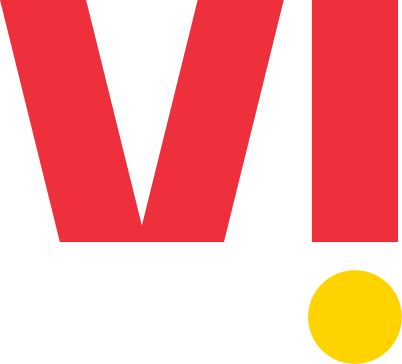
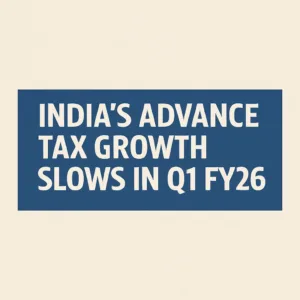
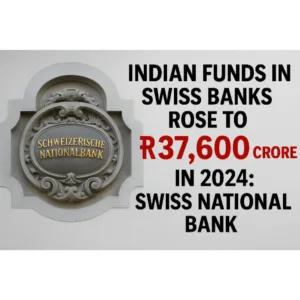

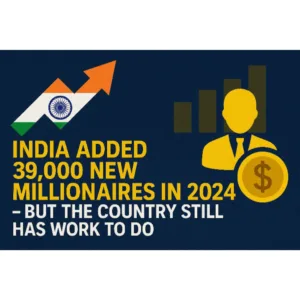



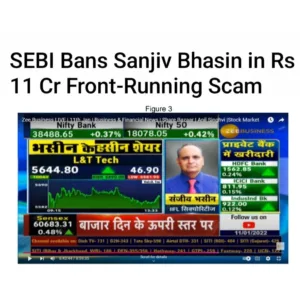
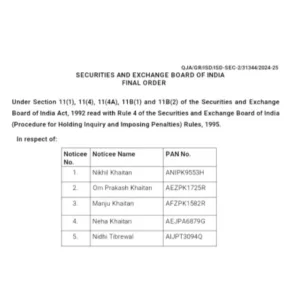
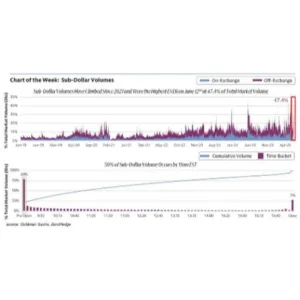


Be First to Comment